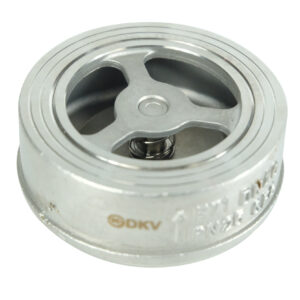
What Is a Check Valve and How Does It Work?
What Is a Check Valve and How Does It Work? Introduction — Why Check Valves Matter in Industrial Systems In every pipeline system, fluid needs
In industrial operations, knowing whether a ball valve is open or closed is critical to ensuring safe and efficient fluid control.
Misinterpreting a valve’s position can lead to unexpected downtime, leaks, or even safety risks.
In this article, we explain the visual and mechanical indicators that help engineers and operators quickly identify a ball valve’s position.
We also provide practical maintenance tips and procurement advice to ensure long-term reliability.

Most ball valves are designed with a lever handle that aligns with the flow direction. When the handle is parallel to the pipeline, the valve is open and fluid can pass through.
When the handle is perpendicular to the pipeline, the valve is closed, blocking flow completely.
Some advanced valves use actuators with mechanical or electronic position indicators for automationsystems, ensuring operators can monitor valve status remotely.
Tip: Always verify position indicators after installation and calibration to avoid false readings.
Engineers often need to confirm valve status without shutting down a system.
Here are common ways:
Reminder: Avoid forcing the handle, as this may damage seals and reduce valve lifespan.
Advice: Always rely on physical or mechanical indicators, not assumptions.
Correctly identifying valve status is essential in critical industries:
Case Example: A water treatment plant reduced shutdown time by 20% after upgrading to actuated ball valves with clear position indicators.
📩 Contact DKV Valve today to request technical datasheets, project pricing, or customized solutions for your industrial applications.

What Is a Check Valve and How Does It Work? Introduction — Why Check Valves Matter in Industrial Systems In every pipeline system, fluid needs
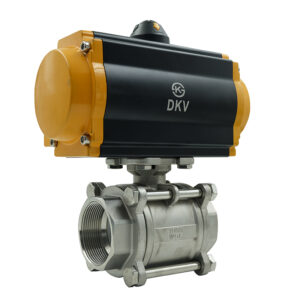
What Is a Pneumatic Valve ? In modern industries, the performance of a valve often determines the efficiency, reliability, and safety of a process system.Pneumatic
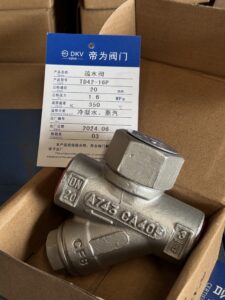
What Is a Steam Trap & How Does It Work? Introduction — The Hidden Hero in Steam Systems In every industrial steam system — whether
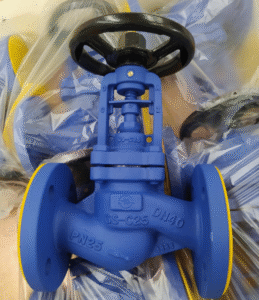
Why Use a Globe Valve Instead of a Gate Valve? A Practical Guide for Engineers & Procurement Managers Introduction — Making the Right Valve Choice
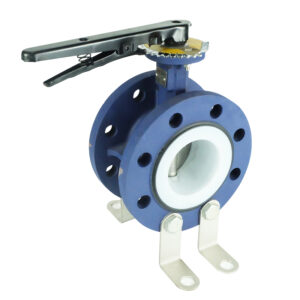
What Is the Main Advantage of a Butterfly Valve? Introduction — why this question matters When you plan an industrial piping system, valve selection affects

Electric Valves: Comprehensive Guide for Industrial Applications In modern industrial automation, electric valves play a critical role in regulating fluid flow with precision and reliability.
Poly Center T41601, Le Cong Town, Shunde District, Foshan City, Guangdong Province, China
We will contact you within 1 working day, please pay attention to the email with the suffix “@dkvchina.com”.
We will contact you within 1 working day, please pay attention to the email with the suffix “dkvchina.com”.